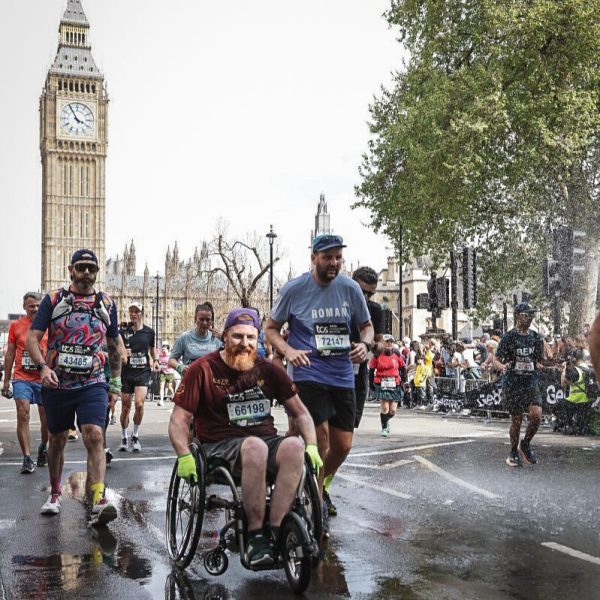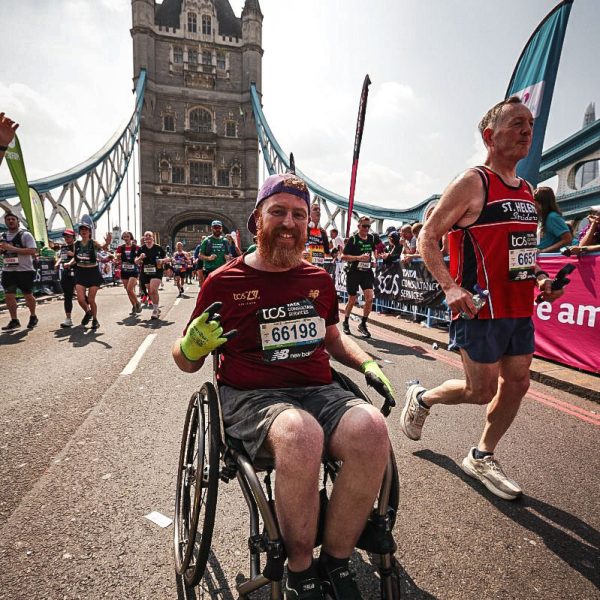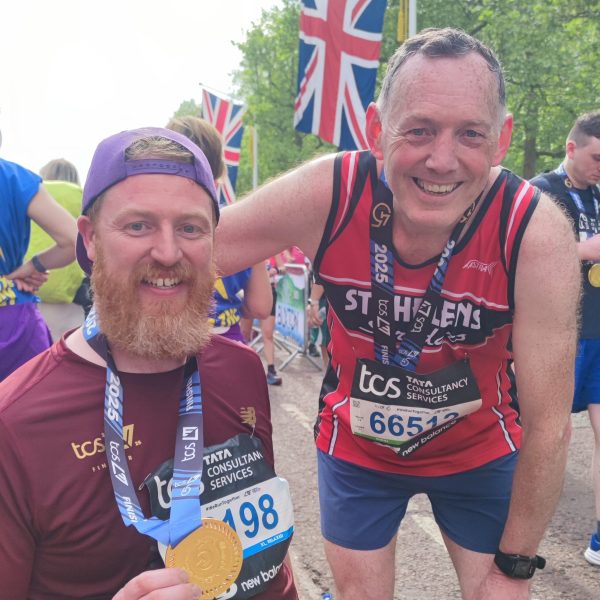Every year I put my name in the ballot for the marathon then feign disappointment when I receive an email telling me I have been unsuccessful securing a place. This year was slightly different.
I found out that there were a number of spaces for disabled participants that had been ringfenced to ensure more representation. I’d been putting my name in the ballot for years, not entirely disappointed when my name didn’t get pulled out but now I had an opportunity to have a real chance to do the marathon, how could I not go for it?
A couple of weeks later my marathon place was confirmed.
When I decided to write this blog, I wondered what I would like to read from someone who had run the marathon. So here are my reflections on the most important things I did (or should have done) as a non-runner taking part in the London Marathon for the first time.
Equipment
Training
Accessibility
Nutrition
Taking part in the London Marathon was so much fun. Easily the best thing I’ve done in a long time. Do yourself a favour and sign up for the ballot!








I also managed to sneak into the background a couple of times on the BBC London Marathon Highlights programme. See if you can spot me…
